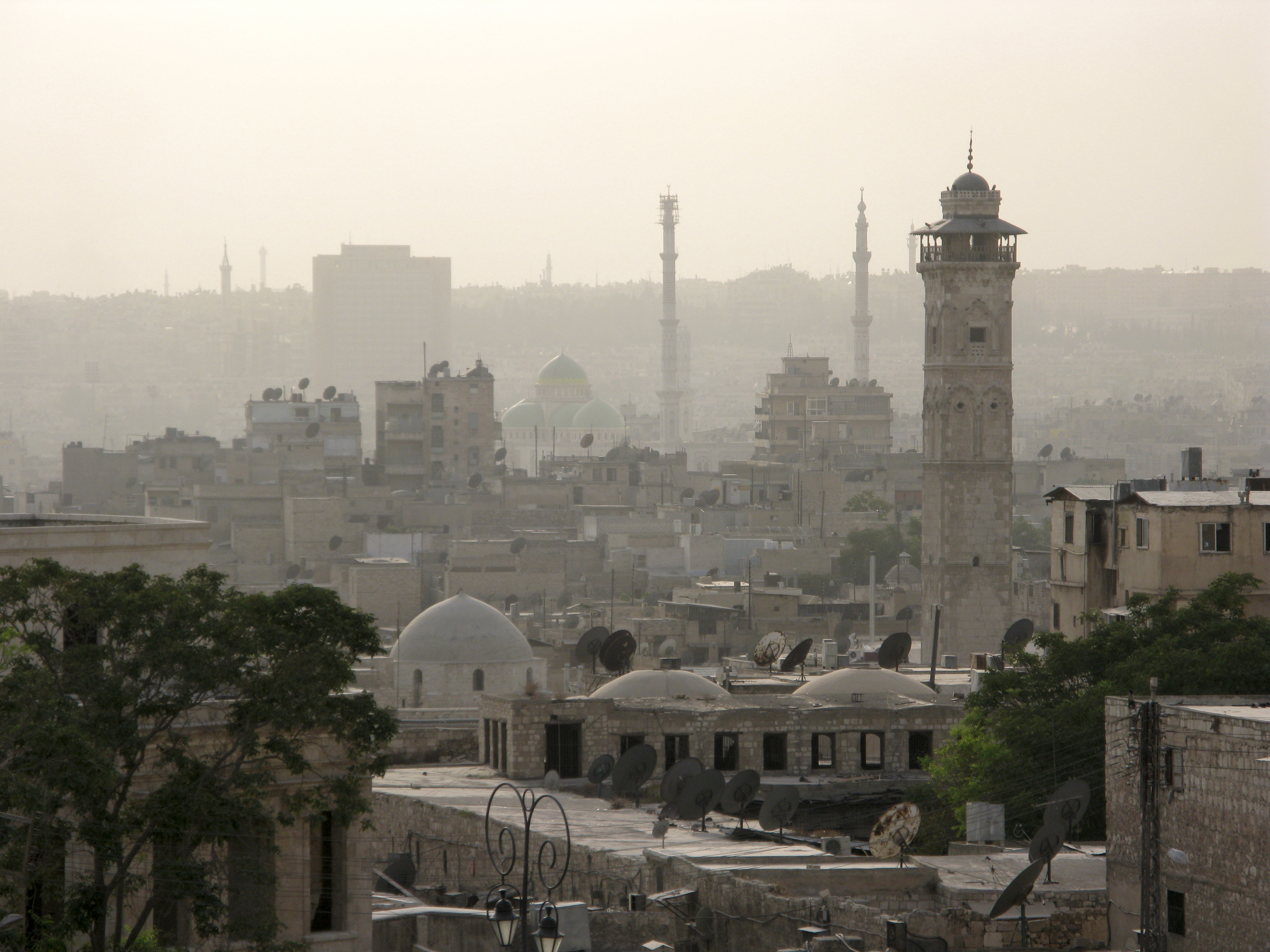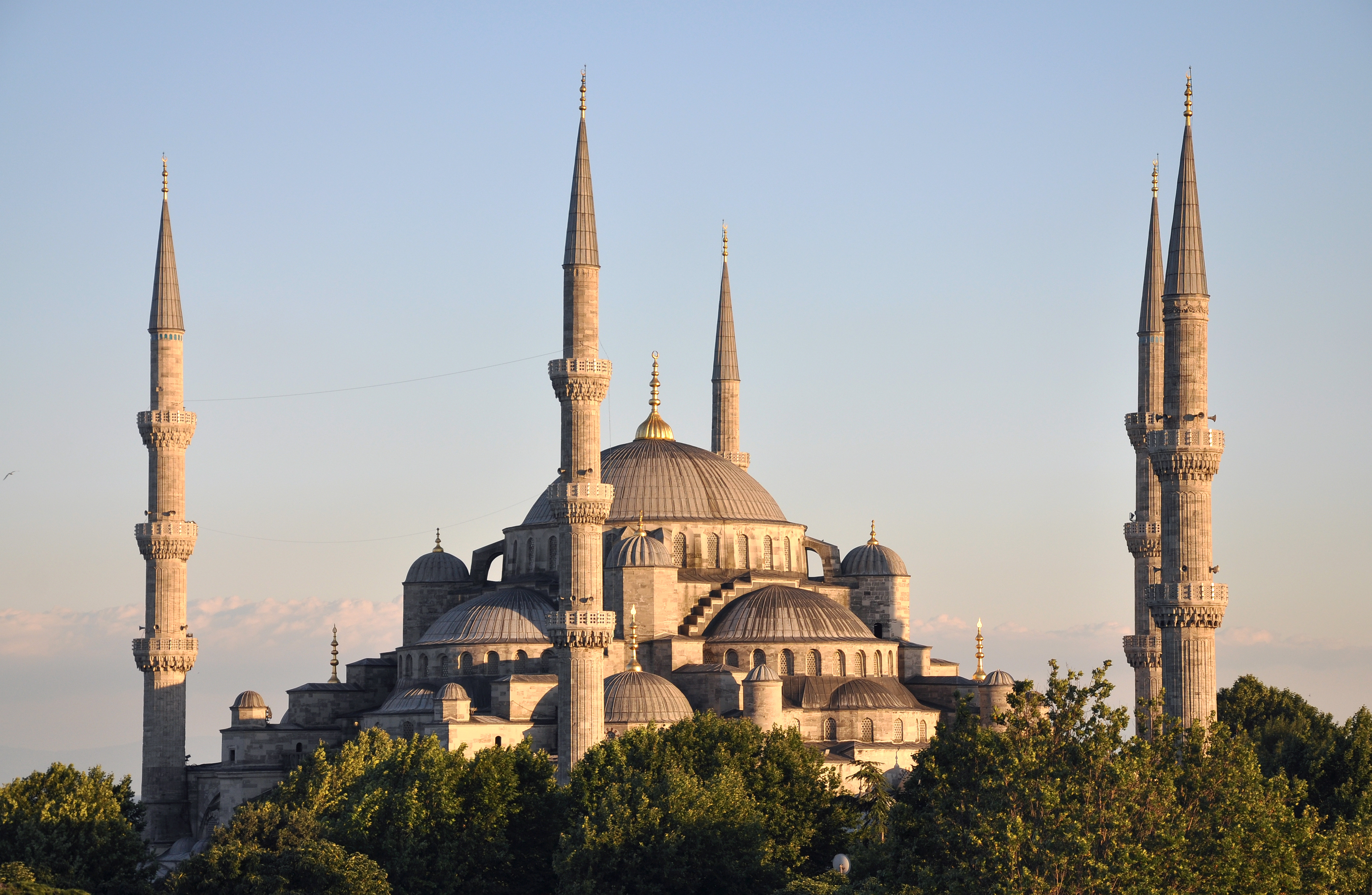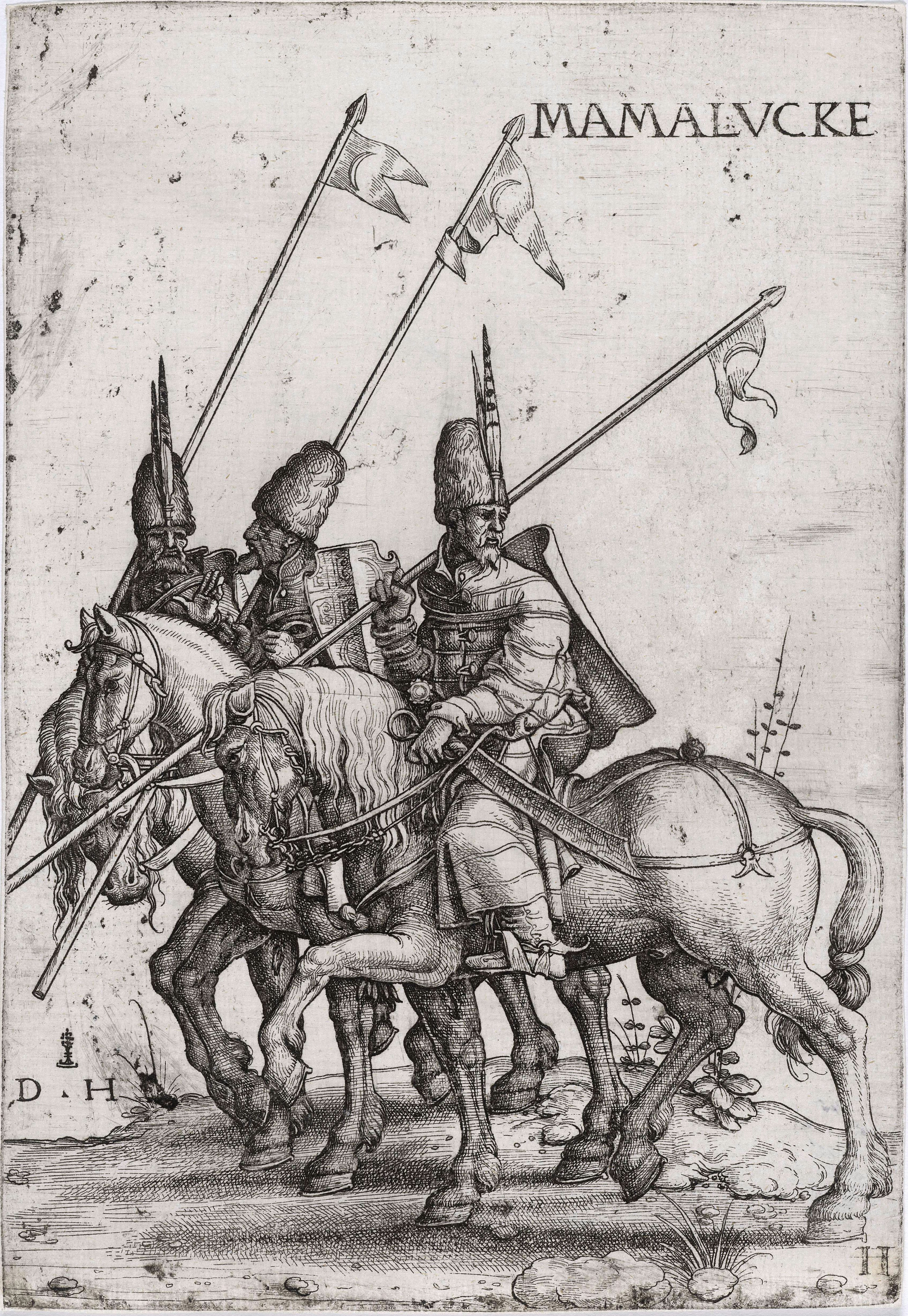|
List Of Mosques In Aleppo
{{short description, None Aleppo was never a capital of any of the grand Arab dynasties, but nevertheless the city's central position in the Levant between Damascus and Baghdad, and its closeness to Anatolia, helped the city to prosper fast. This is a list of mosques in Aleppo from different dynastic periods. Rashidunids * Al-Tuteh mosque, (Al-Atras mosque), 637 AD * Al-Nuqtah Mosque Ummayads *Great Mosque of Aleppo, 716 AD Mashriq Dynasties * Sheikh Mohsen mosque, Hammdanids, 962 AD * Al-Seeda mosque, Zengid * Al-Tersusi mosque, Zengid, 1146 AD * Al-Saleheen mosque, Zengid, 1105 AD Ayyubids * Mosque of Al-Madrasah al Sharafeya, 1242 AD * Khanqah Al-Farafira mosque (named after Farafira city in Egypt) * Mosque of Sheikh Ma'rouf Bin Jamr, 1193 AD * Mosque of Meeru (Shanqos mosque), 1220 AD * Mosque of Al-Sheikh Hammoud, 1146 AD * Al-Zaherya complex, 1219 AD * Mosque of Sidna Hamza, 1156 AD * Al-Zawya Al-Hilaleya mosque, 1213 AD * Al-Atabkeya mosque, 1223 AD * Mosque of Abu-Ze ... [...More Info...] [...Related Items...] OR: [Wikipedia] [Google] [Baidu] |
Aleppo
)), is an adjective which means "white-colored mixed with black". , motto = , image_map = , mapsize = , map_caption = , image_map1 = , mapsize1 = , map_caption1 = , pushpin_map = Syria#Mediterranean east#Asia#Syria Aleppo , pushpin_label_position = left , pushpin_relief = yes , pushpin_mapsize = , pushpin_map_caption = Location of Aleppo in Syria , coordinates = , subdivision_type = Country , subdivision_name = , subdivision_type1 = Governorate , subdivision_type2 = District , subdivision_type3 = Subdistrict , subdivision_name1 = Aleppo Governorate , subdivision_name2 = Mount Simeon (Jabal Semaan) , subdivision_name3 = Mount Simeon ... [...More Info...] [...Related Items...] OR: [Wikipedia] [Google] [Baidu] |
Mosque Of Sheikh Ma'rouf Bin Jamr
A mosque (; from ar, مَسْجِد, masjid, ; literally "place of ritual prostration"), also called masjid, is a place of prayer for Muslims. Mosques are usually covered buildings, but can be any place where prayers (sujud) are performed, including outdoor courtyards. The first mosques were simple places of prayer for Muslims, and may have been open spaces rather than buildings. In the first stage of Islamic architecture, 650-750 CE, early mosques comprised open and closed covered spaces enclosed by walls, often with minarets from which calls to prayer were issued. Mosque buildings typically contain an ornamental niche (''mihrab'') set into the wall that indicates the direction of Mecca (''qiblah''), ablution facilities. The pulpit (''minbar''), from which the Friday (jumu'ah) sermon (''khutba'') is delivered, was in earlier times characteristic of the central city mosque, but has since become common in smaller mosques. Mosques typically have segregated spaces for men and wo ... [...More Info...] [...Related Items...] OR: [Wikipedia] [Google] [Baidu] |
Al-Sahibiyah Mosque
Al-Sahibiyah Mosque ( ar, جَامِع الصَّاحِبِيَّة, Jāmiʿ aṣ-Ṣāhibīyah) also known as Fustoq mosque ('جَامِع فُسْتُق' or 'جَامِع فُسْتَق', 'Jāmiʿ Fustaq' or 'Jāmiʿ Fustuq'), is a 14th-century mosque in Aleppo, Syria. It is located in the heart of the Ancient City of Aleppo, within the historic walls of the city, near the Khan al-Wazir, in front of Al-Matbakh al-Ajami palace. History The mosque was built in 1350 by Ahmad bin Yaqoub al-Saheb, a high-ranked officer of the Mamluk sultanate in the city of Aleppo. It was known as Al-Saheb madrasa The main entrance is located on the north side of the mosque and characterized with the traditional Islamic muqarnas Muqarnas ( ar, مقرنص; fa, مقرنس), also known in Iranian architecture as Ahoopāy ( fa, آهوپای) and in Iberian architecture as Mocárabe, is a form of ornamented vaulting in Islamic architecture. It is the archetypal form of .... Many old inscr ... [...More Info...] [...Related Items...] OR: [Wikipedia] [Google] [Baidu] |
Mamluks
Mamluk ( ar, مملوك, mamlūk (singular), , ''mamālīk'' (plural), translated as "one who is owned", meaning "slave", also transliterated as ''Mameluke'', ''mamluq'', ''mamluke'', ''mameluk'', ''mameluke'', ''mamaluke'', or ''marmeluke'') is a term most commonly referring to non-Arab, ethnically diverse (mostly Southern Russian, Turkic, Caucasian, Eastern and Southeastern European) slave-soldiers and freed slaves who were assigned military and administrative duties, serving the ruling Arab dynasties in the Muslim world. The most enduring Mamluk realm was the knightly military class in Egypt in the Middle Ages, which developed from the ranks of slave-soldiers. Originally the Mamluks were slaves of Turkic origin from the Eurasian Steppe, but the institution of military slavery spread to include Circassians, Abkhazians, Georgians,"Relations of the Georgian Mamluks of Egypt with Their Homeland in the Last Decades of the Eighteenth Century". Daniel Crecelius and Gotch ... [...More Info...] [...Related Items...] OR: [Wikipedia] [Google] [Baidu] |
Al-Sultaniyah Madrasa
Al-Sultaniyah Madrasa (), is a madrasah complex located across from the Citadel entrance in the Ancient city of Aleppo, Syria. It is a religious, educational and funerary complex. It contains the tomb of sultan Malik al-Zaher the son of Ayyubid Sultan Saladin. Sultaniyya Madrasa Archnet Digital Library. However, satellite pictures show it has been bombed out of existence. See also * * Al-Uthmaniyah Madrasa * |
Mosque Of Al-Mustadameya
A mosque (; from ar, مَسْجِد, masjid, ; literally "place of ritual prostration"), also called masjid, is a place of prayer for Muslims. Mosques are usually covered buildings, but can be any place where prayers (sujud) are performed, including outdoor courtyards. The first mosques were simple places of prayer for Muslims, and may have been open spaces rather than buildings. In the first stage of Islamic architecture, 650-750 CE, early mosques comprised open and closed covered spaces enclosed by walls, often with minarets from which calls to prayer were issued. Mosque buildings typically contain an ornamental niche (''mihrab'') set into the wall that indicates the direction of Mecca (''qiblah''), ablution facilities. The pulpit (''minbar''), from which the Friday (jumu'ah) sermon (''khutba'') is delivered, was in earlier times characteristic of the central city mosque, but has since become common in smaller mosques. Mosques typically have segregated spaces for men and wo ... [...More Info...] [...Related Items...] OR: [Wikipedia] [Google] [Baidu] |
Mosque Of Abu-Zer
A mosque (; from ar, مَسْجِد, masjid, ; literally "place of ritual prostration"), also called masjid, is a Place of worship, place of prayer for Muslims. Mosques are usually covered buildings, but can be any place where prayers (sujud) are performed, including outdoor courtyards. The first mosques were simple places of prayer for Muslims, and may have been open spaces rather than buildings. In the first stage of Islamic architecture, 650-750 CE, early mosques comprised open and closed covered spaces enclosed by walls, often with minarets from which Adhan, calls to prayer were issued. Mosque buildings typically contain an ornamental niche (''mihrab'') set into the wall that indicates the direction of Mecca (''qiblah''), Wudu, ablution facilities. The pulpit (''minbar''), from which the Friday (jumu'ah) sermon (''khutba'') is delivered, was in earlier times characteristic of the central city mosque, but has since become common in smaller mosques. Mosques typically have Isl ... [...More Info...] [...Related Items...] OR: [Wikipedia] [Google] [Baidu] |




